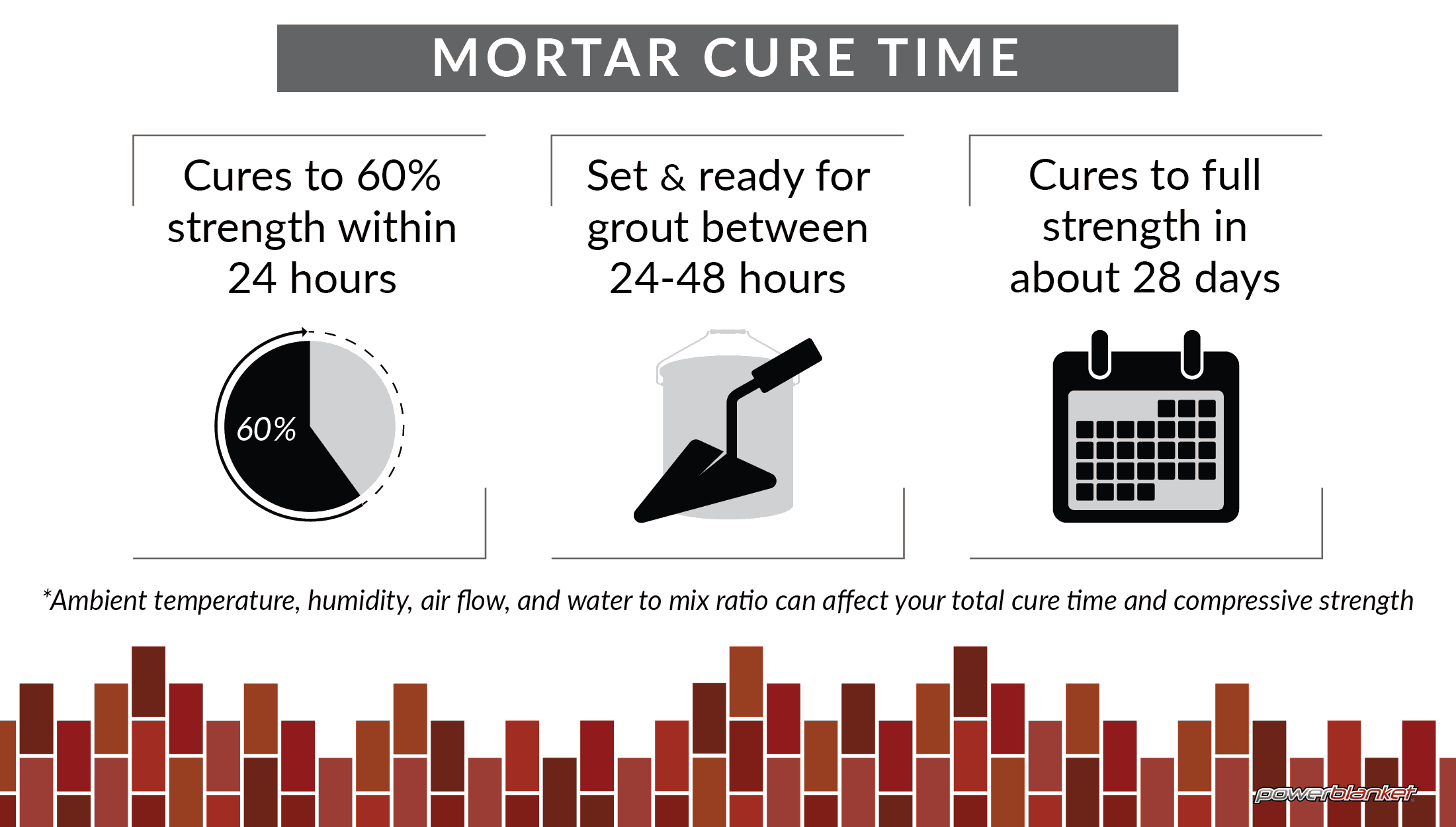

To complete the process, move the straight edge in a sawing motion across the area to leave it flat.

A 2×4 is commonly used to do this, but whatever tool you use must be longer than the width of the area. Screeding is the process of removing excess concrete by leveling the top level of the slab. To start the finishing process, you must screed the surface. If the concrete mix has an approximate one hour of work time (work time is listed on the bag), plan to spend no more than 30 minutes on the actual pouring and screeding process, so you have adequate time to finish the slab. When pouring concrete, plan to spend half of the work time on the pouring process, and the other half on the finishing process. Recruit plenty of workers because pouring concrete is labor intensive.Schedule the pour during the early morning when the temps are cooler.Store the bags of concrete in the shade-the hot sun will increase the dry mix’s temperature.This will keep the dry ground from drawing water out of the concrete too quickly. Wet down the sand in the forms before pouring.If you do have to pour in hot weather, the following tips will help extend pour time: In hot, dry weather, especially if you’re pouring under the blazing sun, the heat can draw water out of wet concrete quickly, reducing pour time to as little as 30 minutes, so it’s best to pour on a day when the temperature is between 60- and 80-degrees Fahrenheit. You won’t have time to run out and buy an extra bag of concrete so make sure you have enough before you start the pour, as well as all the necessary tools (shovels, concrete rakes, screed board, floats, trowels, a broom, an edger, and a groover). During this time, it’s vital that everyone who is working on the project knows what their job is and that they work somewhat quickly. With most concrete mixes, such as Quikrete Ready-To-Use Concrete Mix (in the yellow bag), you can expect to have about an hour of work time to get the concrete shoveled into the forms, spread out, vibrated, and leveled before the mix begins to harden. Read on to find out how much time you have to pour and finish the concrete slab and what you can do during each stage to make your project a success. If the concrete dries too quickly, the finished project won’t be as strong as it should be. Hydration continues over the next few weeks, progressing through a number of stages until the concrete is completely cured.ĭuring the drying process, rock-hard crystals develop within the concrete that bind the sand and gravel components firmly together. This drying process, known as hydration, begins the moment you mix water with the dry concrete mix, giving you limited time to get the wet concrete into the forms before it hardens. Are there any guidelines or precautions I should follow?Ī: Sounds like you have a fun project ahead of you! Concrete is one of the strongest and most durable construction materials around, but in order for it to reach its peak strength, it needs to “dry” gradually. Photo: Q: I will be pouring a concrete slab as part of a landscaping renovation project and I’d like to know how long it will take for the concrete to dry.


 0 kommentar(er)
0 kommentar(er)
